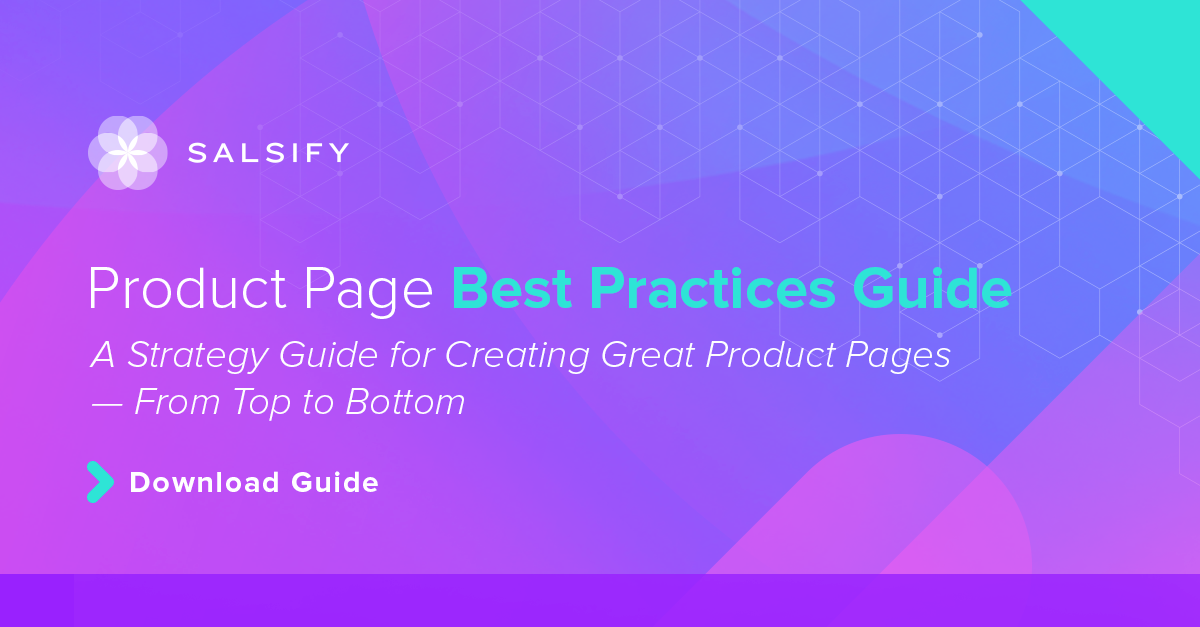Shoppers Anonymous is a blog series that highlights honest opinions of the first-person shopping experience. The end goal is to help brands and retailers gain first-hand insight into how to optimize online shopping experiences.
Picture this: The big game is this weekend, and your pals have elected to put you in charge of the second most important part of the evening — food and drink.
“No problem,” you think. You recently heard about a trendy football-themed snack platter that went viral on TikTok and decided that you want to up your hosting game. So, you pop on your comfiest sweats, load up your laptop, and start to source your ingredients.
But shopping for food and beverages online is much different than in person — and, after a few quick searches, your situation begins to rapidly deteriorate. Rather than being able to pick up items and read their labels, you’re instead confronted with vague/confusing product descriptions, low-quality images, hidden costs, and more.
Thankfully, it doesn’t have to be this way. Welcome to Shoppers Anonymous, a new blog series in which we take a close look at what works — and doesn’t work — on real product pages found during our own shopping experiences.
For our first installment, we’ll discuss some of the challenges consumers may face when buying food or beverages online, and the must-have features for your product page that can help remove these hurdles.
Lack of Detailed Product Descriptions
Most ecommerce marketers know that it’s better to err on the side of oversharing information with customers on their product pages than under sharing it. And in the food and beverage space, this is a particularly critical “must-have.”
How so? Well, consider the scenario we described in the introduction: collecting snacks for a party. You’re aware that two guests have dietary restrictions: One is vegan, while another has a gluten intolerance.
Naturally, you’d want your offerings to be as inclusive as possible, so you check the label for ingredient and allergen information.
But what’s this? A low-resolution photo? A one-line item description? No nutritional info at all? This product page has none of the critical information you need to make a decision to purchase, which means you’re unlikely to buy the product or revisit this brand again.
Your customers can't taste or smell the product before buying online. And while we can’t transmit the sensation of taste or smell across digital channels — yet — marketers can always provide vivid, detailed descriptions outlining features like taste, aroma, texture, and other sensory elements, as part of their detailed product descriptions. And don’t forget about nutritional labels!
Ideally, a good product page will provide all the information your customer might need in order to decide whether your product works for their needs while making it sound delicious.
Absence of Social Proof
Taste will always be a matter of personal opinion. You’ll never really know you like it until you try it.
However, we’re often convinced to make that leap of faith and try something new when we see others like us enjoying the product. And if it appears no one is talking about your brand, it can certainly raise an eyebrow among would-be customers.
Social proof is a phenomenon that comes up frequently in the world of ecommerce but becomes particularly important when selling food and beverages online. Without the ability to physically taste or smell the product, customers seek guidance from those who have already purchased, consumed, and assessed it for themselves.
In traditional commerce spaces, this may manifest in the form of a friend’s recommendation, or watching the behavior of other shoppers choosing a competitor’s item over your favored brand. We still search for similar kinds of validation on the digital shelf, albeit in the form of customer reviews, ratings, and testimonials.
These days, customers will almost always notice its absence from your product pages — and will likely wonder about it. “Why aren’t people buying this? Is it gross? What are they hiding?”
Even bad reviews can be helpful, so long as you make a demonstrated effort to publicly address the customer’s complaint(s). This can increase the perceived trustworthiness of your brand, while also giving customers a “taste” of what to expect.
Opaque, Unfriendly User Policies
Speaking of fostering trustworthiness: Transparency is an important guiding principle for any ecommerce strategy and doesn’t stop with the product descriptions or social proof alone. This is particularly true in a vertical like food and beverage, where much of the purchase decision weighs on trustworthiness — trust in elements like dietary quality, safety, and freshness.
Suppose you’ve finally locked down all the ingredients for your game day treat, found gluten-free and vegan options, and are ready to head to checkout. You snagged only products with four- to five-star reviews, high-resolution photos, and detailed information that left you feeling confident in your purchases.
But when you finally reach your shipping options … much is left to be desired. In fact, your estimated delivery window not only spans a number of days over the next week but provides no option for expedited shipping. Your party is in three days! Not only will this option not work, you wasted all this time shopping at a store that wouldn't be able to accommodate your needs in the first place. Not a great experience!
Or, perhaps you’d like to confirm the retailer will honor refunds or returns in the event the product arrives damaged or spoiled. That’s reasonable! But you find the return policy is about as clear as mud: It may mention “conditions apply,” but fail to elaborate on what those conditions are.
Like social proof, customers want to be able to see that your company will “make things right” when things go south. A well-articulated shipping policy that offers a range of options to suit various timelines reinforces trust. A clear and fair return policy, even with the necessary restrictions for food products, assures customers that their satisfaction is a priority.
A little transparency can go a long way in making the difference between a one-time visitor and a loyal, returning customer. If customers don’t see a clear and proactive dedication to that principle, they’re likely to head for one of your competitors who do.
The Anonymous Shopper’s Verdict
As we discovered, the path to purchase on the digital shelf isn't always smooth sailing. However, brands that provide comprehensive product information, compelling social proof, and transparent user policies can create a seamless experience that will only leave their customers hungry for more.
Remember: Each improvement to your product pages is an opportunity to foster trust, enhance customer satisfaction, and cultivate a loyal community of repeat shoppers — essential for food/beverage brands trying to excel with DTC sales.



